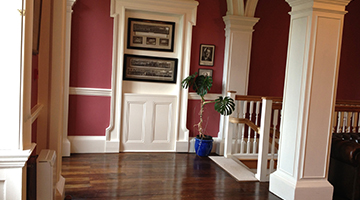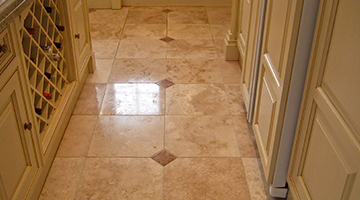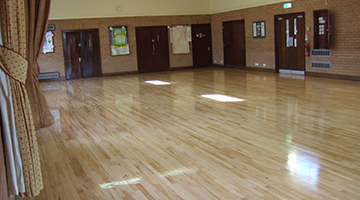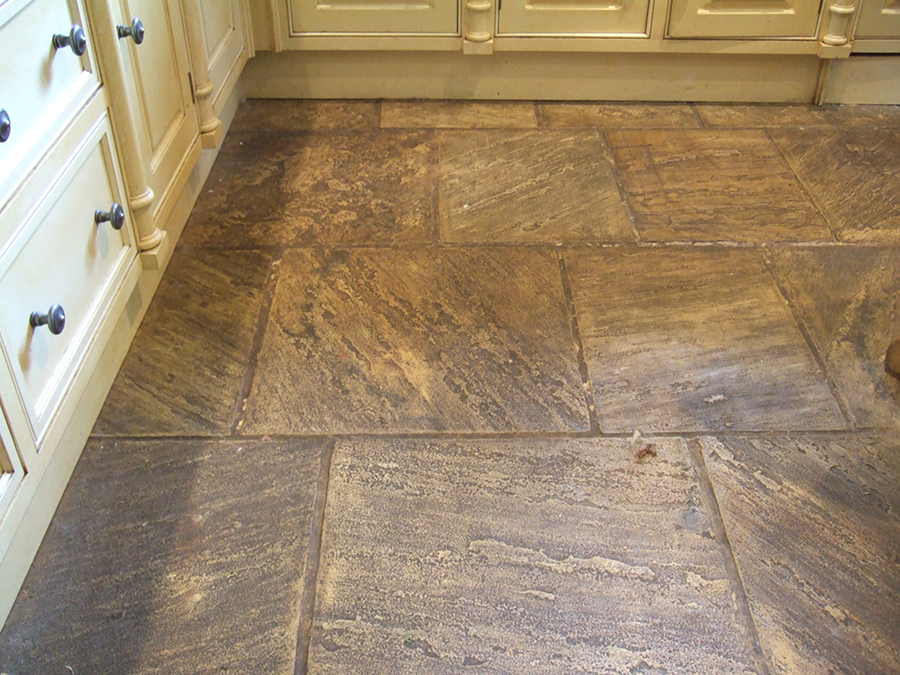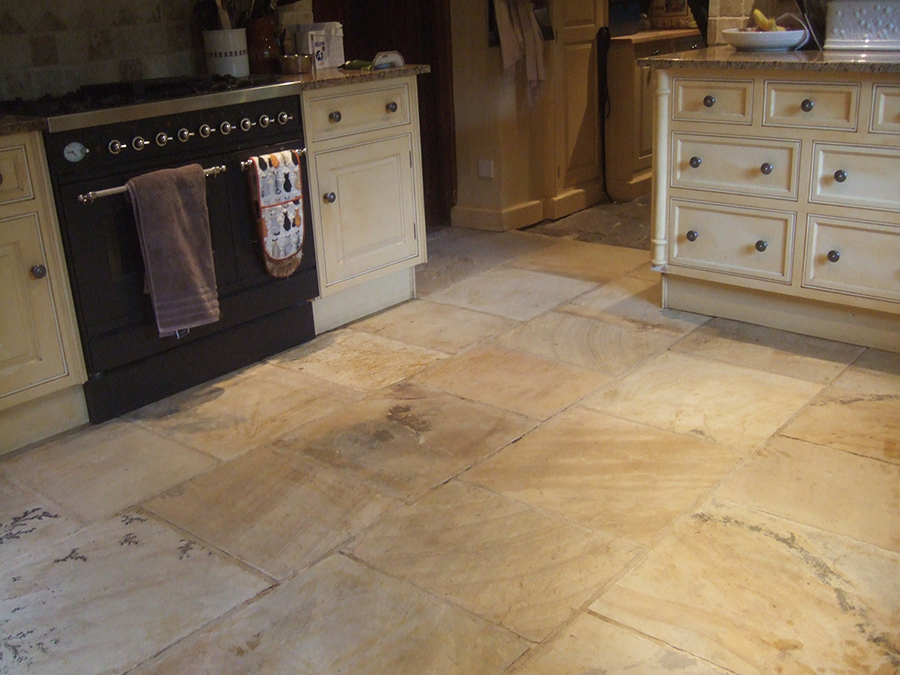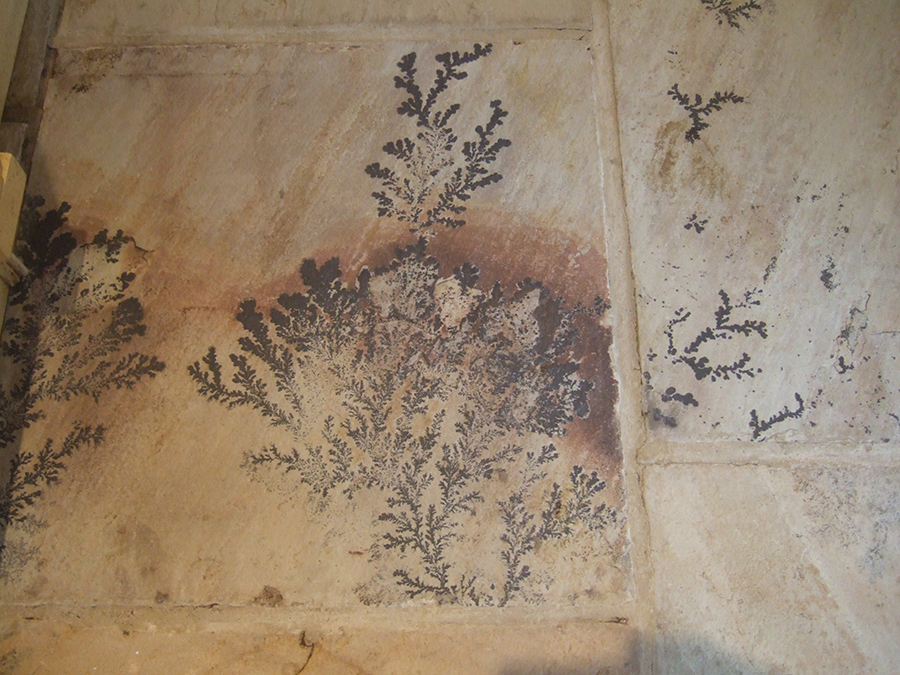Pyrolusite
"What a difference we didn’t even realise that the floor was supposed to look like this! Can’t wait to get our new kitchen to complete the picture!"

About Pyrolusite floors
Pyrolusite is the term given to the oxidation and precipitation of the element Manganese by chemical reaction forming on rocks in waterbeds, and it is the Pyrolusite that is usually responsible for the beautiful fernlike markings on the stone.
This hardwearing stone is formed in lakes, deep Ocean beds and other marine environments. The main producing countries are Russia, Brazil, South Africa, Gabon, India, China, and Australia.
Common problems with Pyrolusite floors and Solutions - We provide the full range of services
|
Common Problems |
Likely causes |
Our services |
|
Pyrolusite stone floors attract dirt and stain easily and are difficult to clean. |
-
Ineffective and inferior seals /polishes applied which fail to prevent soiling of the tiles.
|
-
Removal of all existing seals back to bare tile surface -the stripping technique will depend on the seals previously applied.
-
Recoat with a good quality easy care for protective penetrating seal.
|
|
Pyrolusite stone is yellowing and discoloured; the finish is obscuring the natural colour and beauty of the tile. |
-
In correct seals applied – as above - the polish has degraded and yellowed.
|
-
We will Remove inappropriate seals and treat as above.
|
|
Pyrolusite stone cracked or chipped. |
-
Tiles laid on newly laid concrete floor that has not had sufficient drying/curing time; the subsequent movement of the concrete causes the tiles to crack.
-
Pyrolusite stone laid on incorrect adhesives – the adhesive should be flexible to allow for contraction and expansion.
-
In cases where the tiles are newly laid then If under floor heating is installed then this should be set to its lowest setting and gradually increased over a period of 4 weeks; setting the temperature on a high setting will inevitably lead to cracking of the tiles as the adhesives and grout should be permitted to dry naturally as well as acclimatizing the tiles.
-
Structural movement – natural under floor movement of concrete etc.; again this is more prevalent in cases where the adhesives are not flexible and tends to occur at weak spots such as doorways.
|
-
We will carefully remove the tile/s before replacing the tile embedding it on a flexible adhesive and grout.
-
Please note that if you have electrical circuit type under floor heating system fitted that there is a risk of damage to the system and that whilst we take every care in removing the tile that we are unable to accept responsibility for any damage.
-
There is far less risk of damage involved with a 'wet' under floor heating system which consists of water heated pipes located 1-2" below the substrate and in any case any damage can be more easily rectified.
|
|
Grouting is discoloured or missing in areas. |
-
General wear and tear; inappropriate seals applied which attract soiling.
|
-
We will deep chemical clean the grout and in most cases the grout will return almost to its original condition.
-
Missing grout will be replaced with very closely matching filler. After the above the grout will be sealed with the same high efficiency penetrating seal as above.
-
In cases where the grout is generally loose, crumbling etc. we can also remove all of the grout and replace it with fresh grout.
|

